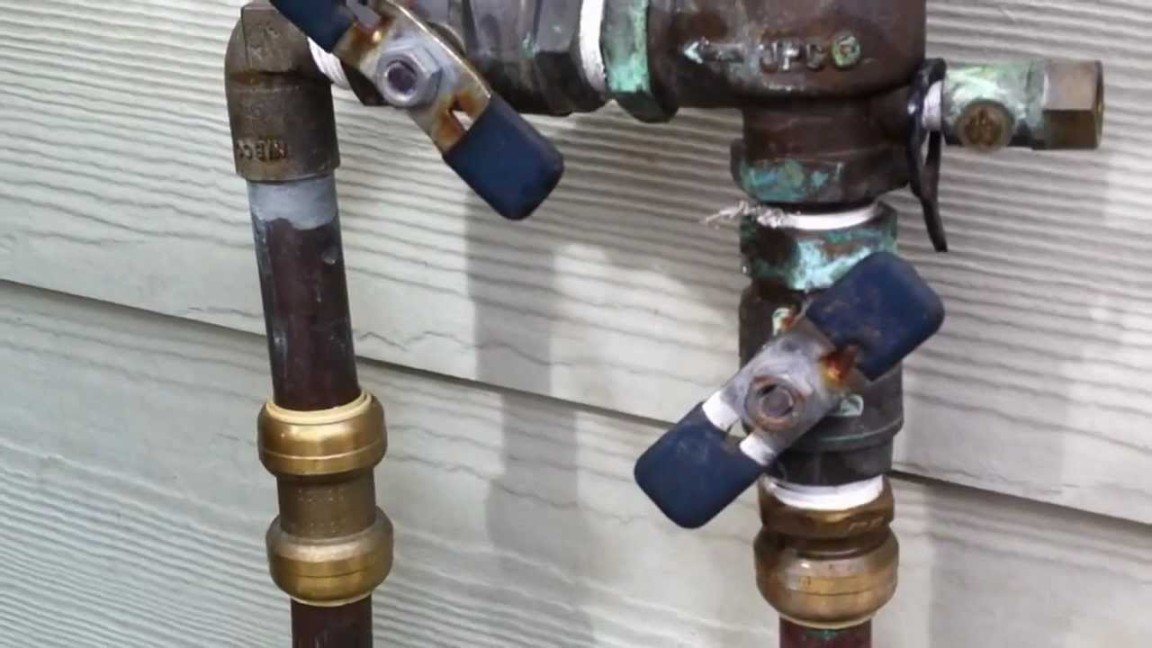How to Blow Out a Sprinkler System: A Step-by-Step Guide
As the colder months approach, it’s crucial to protect your sprinkler system from freezing temperatures. Failure to do so can lead to costly repairs and potential damage to your system. One effective method to prevent freezing is by blowing out the system with compressed air. This process removes any remaining water, ensuring that your sprinkler system is safe from winter’s harsh conditions.
Why Blowing Out Your Sprinkler System is Important
Water expands as it freezes, which can cause pipes to burst. This damage can be extensive and expensive to repair. By blowing out your sprinkler system, you can significantly reduce the risk of such damage. Additionally, a well-maintained sprinkler system will operate more efficiently in the spring and summer months.
Tools and Materials Needed
Before you begin, gather the necessary tools and materials:
Air compressor
Air hose
Blow gun or nozzle attachment
Drain valves (if applicable)
Pipe insulation (optional)
Step-by-Step Guide to Blowing Out Your Sprinkler System
1. Turn Off the Water Supply: Locate the main water valve to your sprinkler system and turn it off completely.
2. Open Drain Valves: If your system has drain valves, open them to allow any remaining water to drain.
3. Attach the Air Hose: Connect one end of the air hose to the air compressor and the other end to the blow gun or nozzle attachment.
4. Start the Air Compressor: Turn on the air compressor and adjust the pressure to the recommended level, typically between 80 and 100 PSI.
5. Blow Out the System: Begin at the highest point of your sprinkler system, such as a backflow preventer or a sprinkler head. Insert the blow gun or nozzle attachment into the outlet and turn on the air compressor. Allow the air to flow through the system, displacing any water.
6. Work Your Way Down: Continue to blow out the system, working your way down to lower points, such as sprinkler heads and valves.
7. Check for Water: After blowing out each component, check for any signs of water. If you notice water, continue to blow out the area until it is completely dry.
8. Insulate Pipes (Optional): For added protection, consider insulating exposed pipes with pipe insulation. This can help prevent freezing in extremely cold temperatures.
Tips for Effective Blowing Out
Clear any debris or obstructions from sprinkler heads and valves before blowing out the system.
If you have a large or complex sprinkler system, it may be helpful to hire a professional to blow it out.
After blowing out the system, turn off the air compressor and disconnect the air hose.
Inspect your sprinkler system for any damage or wear and tear before the next season.
Conclusion
By following these steps and tips, you can effectively blow out your sprinkler system and protect it from winter damage. Remember to perform this task annually to ensure the longevity and efficiency of your sprinkler system.

